ARTISAN ABODE BLOG | ISSUE 003 | 16/12/19 | 4 Minute Read
Susan Folwell of Design Studio Artisans and Artists and Artisan Abode talks about how you can visualise your design ideas.
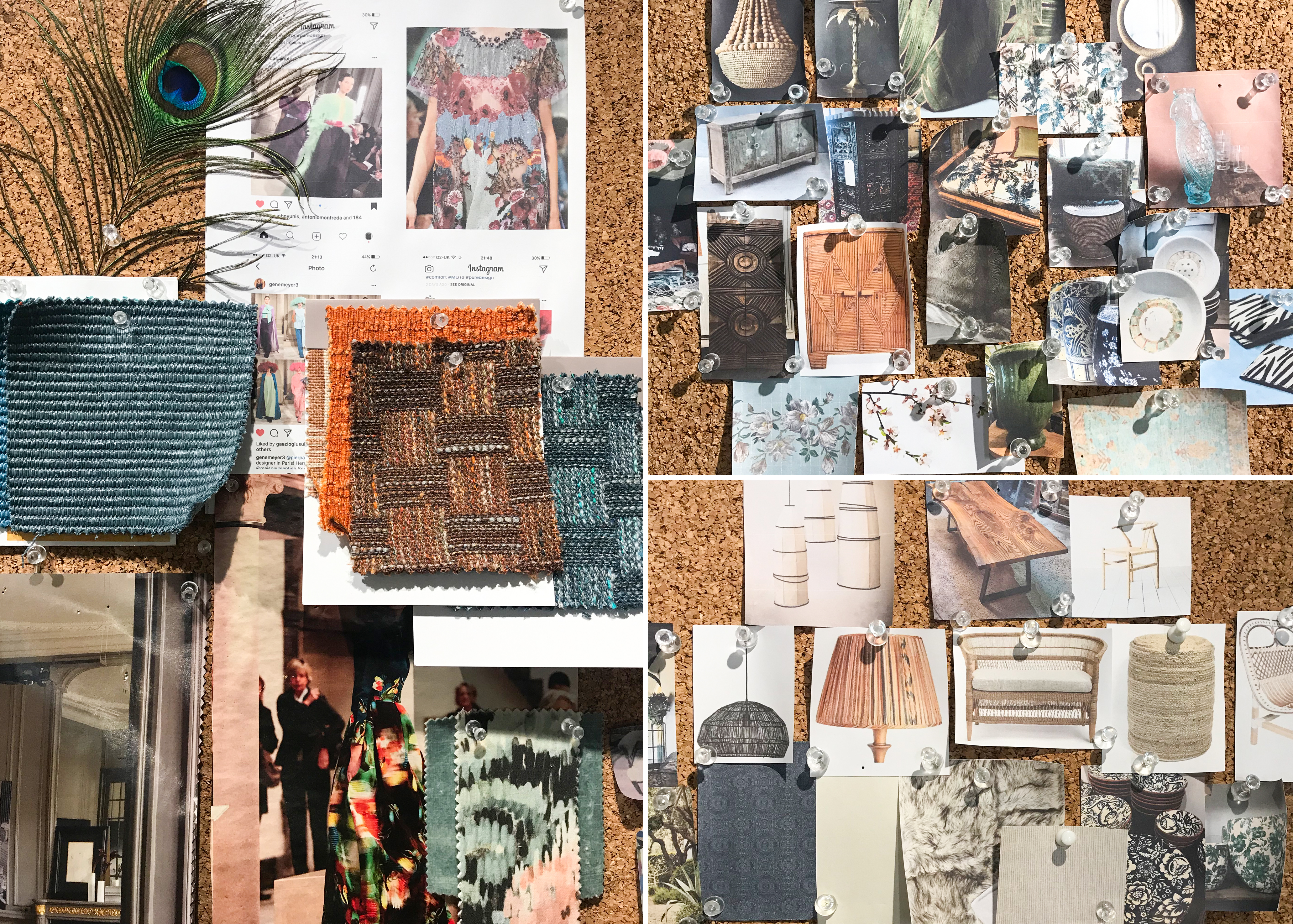
Pin boards in the Artisans and Artists studio.
From Concept to Completion – The Old School Way
In our last blog I talked about design and colour inspiration and how in the studio we develop an initial design concept for review. Here let’s discuss ways to pull your design ideas together and visualise them.
In the studio we use several computer aided design programmes (CAD) in order to show clients scaled visuals of design concepts. This is especially useful for kitchens and bathrooms and other rooms where very precise space planning is critical. If we are designing and building a property, or a piece of furniture, again a CAD approach is vital to ensure that construction drawings are accurate and ready for the build or manufacture.
Here we focus on the ‘old school’ mood board method, which is where we start for all design ideas in order to be sure about the overall design concept.

Mood tray and detail for a bespoke lounge scheme for clients, a marina apartment in Mallorca, by Artisans and Artists.
Mood Boards and Mood Trays
So, you have saved several images of rooms, artworks, places and materials which you find inspiring. If at all possible keep these images in a printed format, either in a folder or on a pin board where you can review them easily and regularly. Alternatively, save images on your mobile phone or computer.
When you review your collection of images you may be surprised to see a pattern emerge, a style shining through as your preference. Certain colours, textures or furniture styles may become obvious as being pleasing to your eye.
Once you have this foundation stone, or design direction, begin to place other objects with the images. Play around and experiment. I find that assembling images on a pin board is a really good start, then pulling together various samples in a mood tray is helpful, this is less static than a mood board and gives you opportunity to make changes easily.
Once you have settled upon your final chosen scheme, sticking these down onto a mood board will be helpful, this is a very portable object which you may find useful to take with you when looking for furnishings. Whilst images on a mobile phone are useful, when it comes to assessing fabrics and furnishings having swatches of the scheme materials and overall colour scheme to hand is vital.
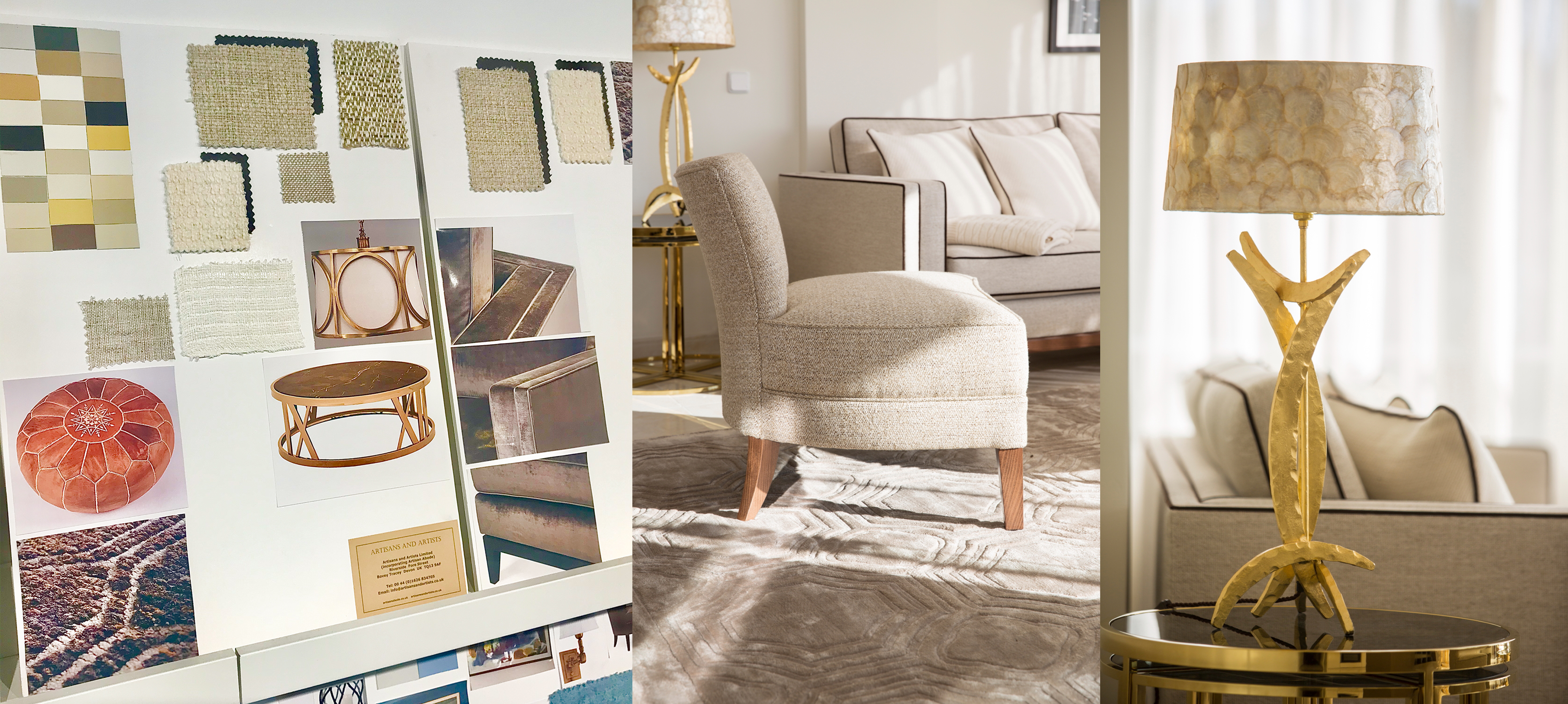
From mood boards (using colour chips) to completed scheme.
Colour and Samples
Gathering samples of fabric, wallpaper and other materials takes time but is very worthwhile, such samples or swatches are readily available from fabric and wallpaper suppliers. Furniture suppliers will often be able to send you fabric swatches or wood samples, if not then you can always source something to act as a suitable substitute in your mood tray.
When it comes to visualising the overall colour of your scheme, a quick and easy option is to make good use of paint colour cards. You can cut out the small colour chips and assemble your overall design scheme colour plan, not just to represent paint colours, use the colour chips to represent colours of furniture and lighting for example. This will give you an overall impression of the colour scheme. You can use this method proportionally. For example, if you are considering large areas of white or neutral with pops of colour you can use the chips to mock this up.
Be inventive with your samples, use stand-ins for various materials being considered, for example a gold ring for brass fittings, costume jewellery for coloured glass. Seashells, twigs and small pieces of leather can all be useful to convey textures being considered.

From floor plan to reality – a lounge scheme for an apartment in Mallorca by Artisans and Artists.
A Basic Floor Plan and Placing Furniture
If you are furnishing a complete room, it is certainly worth taking key measurements and drawing up a quick floor plan to scale. Now you can place your key furniture pieces on plan. This will show you quickly if something is going to be too large or not large enough. It is also worth bearing in mind at this stage the size of all relevant entrance doors (be sure that the sofa of your dreams can be installed in your home).
Cut out images of your planned furniture and add them to your pin board or mood tray in readiness for sticking down onto your final mood board.

Studio mood boards – contemplate your designs, finesse and plan.
Live with The Idea - Will You Still Love It Tomorrow?
Revisit your concept over a period of several days and don’t be afraid to make changes. Get a bit carried away – this is when good ideas emerge.
If you still love the scheme once you have considered it for a while, then it will be worth sticking down the key elements of the scheme onto a mood board. We use A3 foam core board and double-sided tape in the studio. Even at this stage, when we have the key elements printed out, the colour scheme represented along with fabric, wallpaper and flooring samples, we lay them onto the board and leave at least another 24 hours before actually sticking them down.
This is a process of repeated curation, keep going until you have the idea of your dreams.
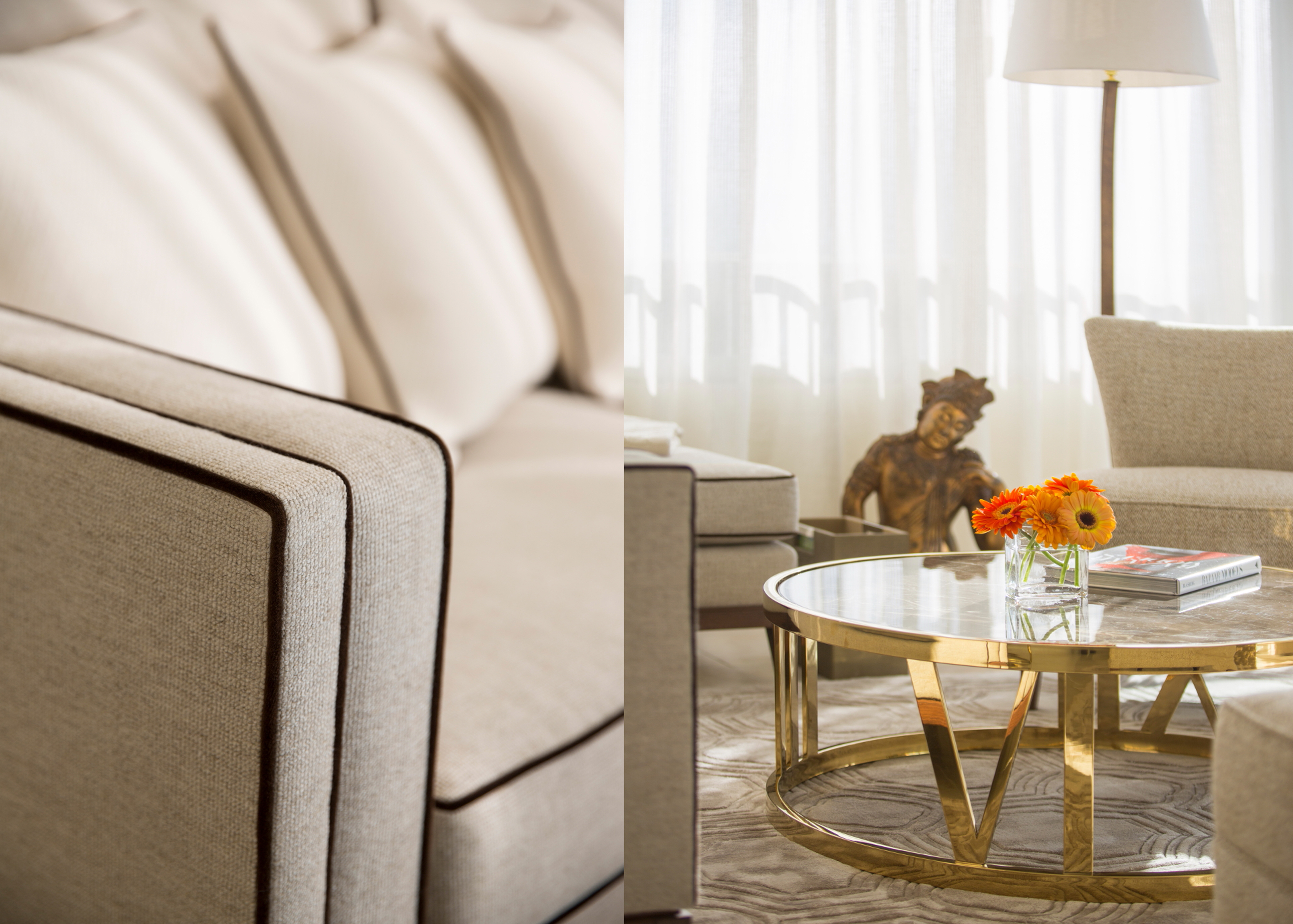
Details – velvet piping, brass and marble coffee table - apartment in Mallorca by Artisans and Artists.
Key Considerations
As mentioned in our previous blog, now is the time to ensure that you have considered all and any practicalities such as:
i) Who will use the space – are the fabrics and other materials fit for purpose?
ii) Will the chosen furniture pieces fit into the space and are the proportions balanced and pleasing?
iii) Access – will the furnishings easily be able to be installed (check door and access hallway dimensions)?
iv) Does the scheme work in daylight and artificial light?
v) Storage – if this is a factor then careful consideration must be made to ensure that it is adequate. Kitchens and bathrooms entail extensive and very specific additional considerations which will be the subject of future blogs.
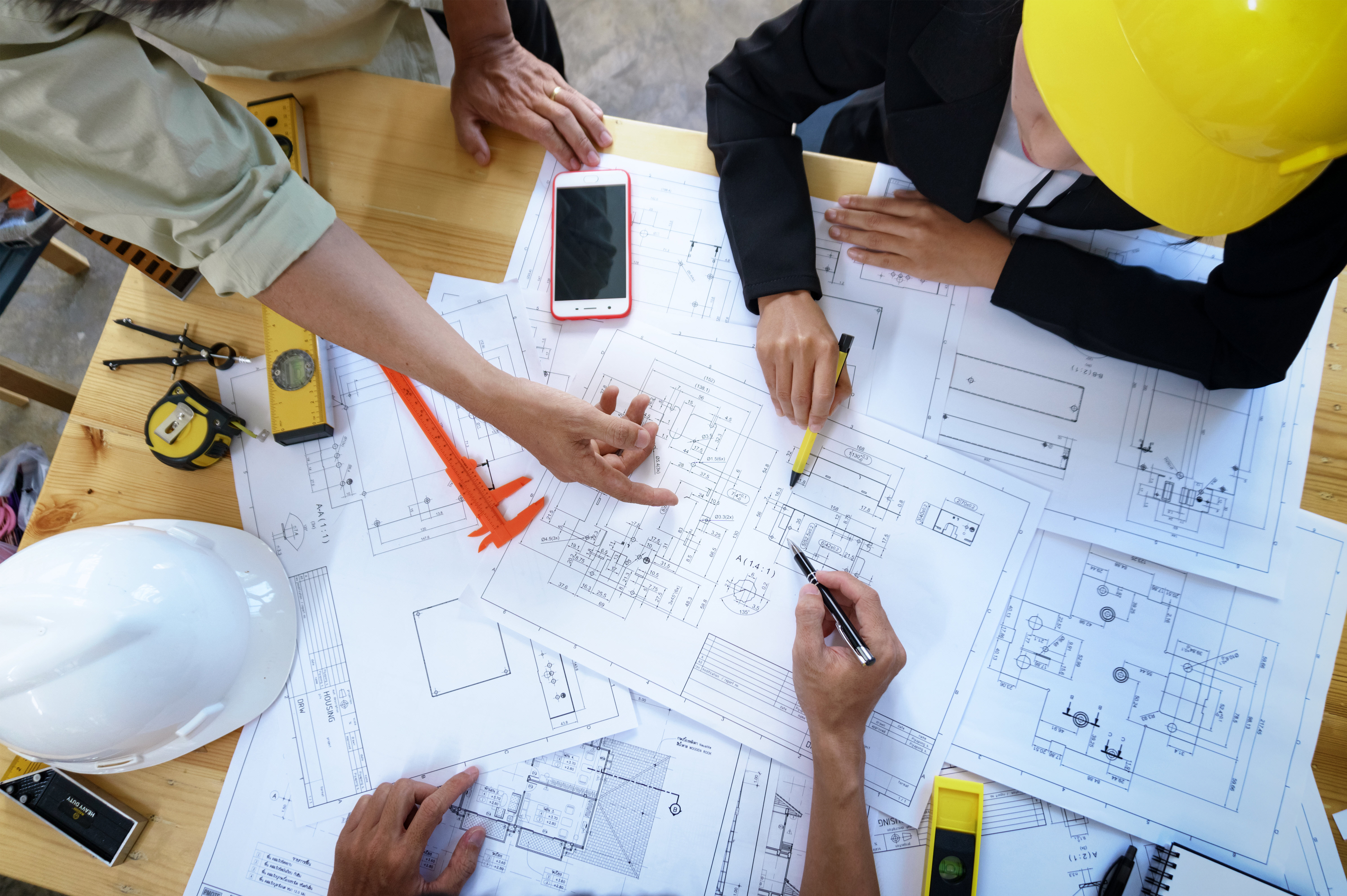
Making it happen – budgets and scheduling.
Planning - Budget and Timing
Once you have your chosen scheme be sure that you review the budget and timing. List all purchases required and obtain quotes for any work such as electrics, plumbing, floor laying, carpet fitting and decorating.
Develop a timetable for the works to take place in a logical sequence and ensure that all materials and furnishings required are on order in good time.
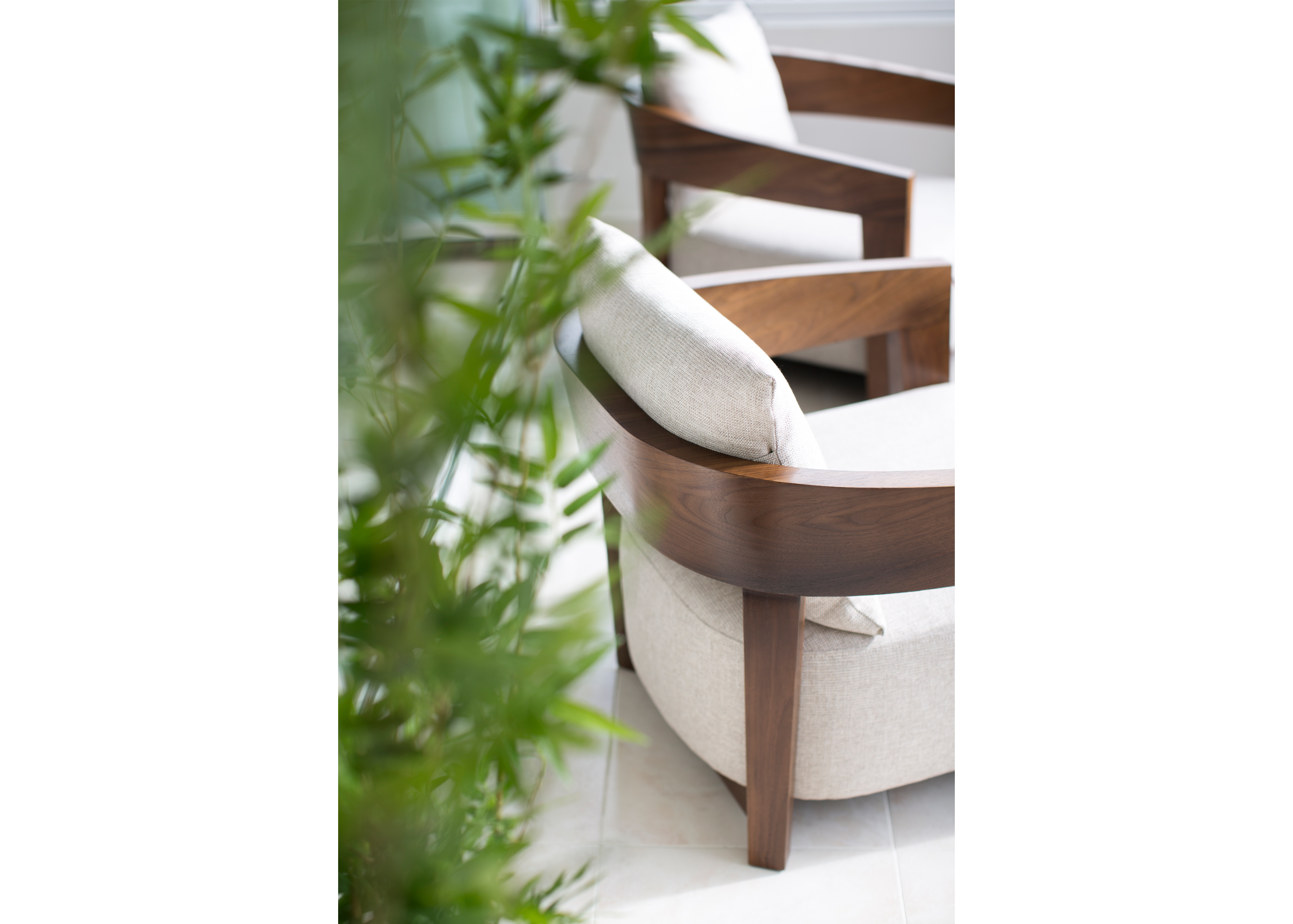
Enjoy your finished scheme – a pair of Chairs Sahara from the Artisan Abode Riad Collection in the Mallorca project.
Making It Happen
You will want to supervise the works and ensure that your plan runs smoothly, then you can sit back, relax and plan your next project.
Copyright © 2019 Artisans and Artists Limited





































